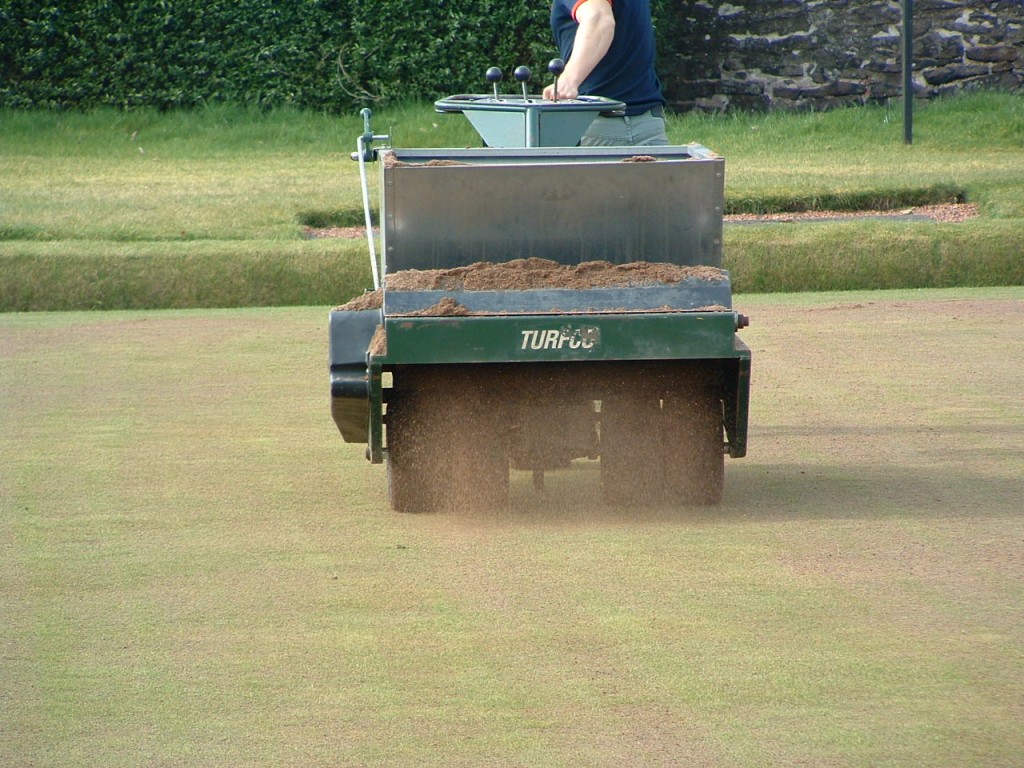At its most basic, the answer is that excessive use of sand on bowling greens causes the under lying soil to become inert; lacking life or the complex web of interactions that go to make healthy, high performance turf. The natural balance of the soil/turf ecosystem is upset and the green will never be capable of consistent high performance for as long as the folly of top dressing is allowed to continue.




